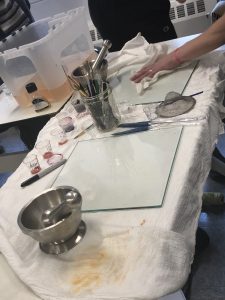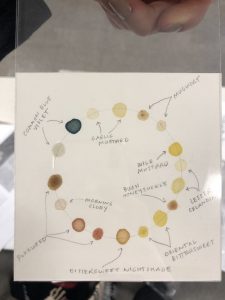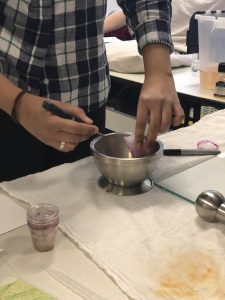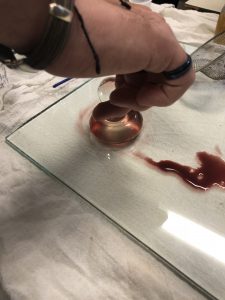Lab Journal (Climate Change and Cities)
Reflection
Rapid urbanization is negatively impacting our environment, the pollution produced from urbanization causes climate change, in which could lead to severe issues such as rising sea levels, but the good thing is more and more people are aware of how terrible our environment is right now. Individuals decided to move to nearby urban areas to seek job opportunities that could improve their lifestyle and living conditions for themselves and their offsprings as urban areas tend to have better education systems. However, rapid urbanization could make a place overcrowded, everything will be more competitive and the lack of available space forces organizations to develop more lands which then will lead to loss of habitat and natural resources.
Personally, as a person who grew up in a city (Beijing and Hong Kong), I witnessed a lot of social and environmental changes caused by urbanization. Beijing, being the Capital of China, is a ‘dream comes true’ place for many individuals from undeveloped areas in China as they think that big cities like Beijing will have a lot of job opportunities. Therefore, most of them migrated to the city causing Beijing becoming overcrowded and needs to constantly develop new areas to fit all of these people. Also, the non-locals and their children are competing with locals for education and jobs, and have greater chance to lose their jobs, forcing many locals to immigrate to other places. Overcrowding led to sanitation issues, with my experience, the streets in Beijing are getting dirtier because it is harder for the government to control and these non-locals are not that well educated, which means they would throw rubbish wherever they want. On the environmental side, urbanization did made many people wealthier and made them own at least one car, the air quality has decreased dramatically due to the carbon emissions from vehicles. Carbon is one of the greenhouse gases that helps forming global warming. In addition, expansion of lands cannot be done without deforestation, which means that the natural habitat are being disrupted, e.g. water source, forcing many wild animals to ‘migrate’ or become extinct as they cannot find food source anymore.
I feel like urbanization is like fashion trends, there is a cycle to it, e.g. building sustainable environment –>creating opportunies–> people move in–> overcrowded–> becomes not as good as it used to be–> people move out–> redevelops.










Recent Comments